So You’re Out of Eggs? A Baker’s Guide to Swaps That Actually Work
I’ve been a professional baker for a long, long time. And in that time, I’ve seen just about everything. I’ll never forget one frantic morning in a bustling restaurant kitchen when our egg delivery was a no-show. A huge breakfast muffin order was due, and one of the new cooks was staring at me, wide-eyed with panic. I just smiled, walked to the pantry, and grabbed a bag of flaxseed and a can of chickpeas. He learned a big lesson that day: baking is absolutely a science, but it’s also about creative problem-solving on the fly.
In this article
Let’s be real, eggs are the unsung heroes in so many recipes. They give our cakes structure, our brownies moisture, and our custards that incredible richness. But for all sorts of reasons—from allergies to dietary choices to simply running out—we need good alternatives. The internet is flooded with quick swaps, most telling you to replace one egg with a quarter cup of… something. And while that’s a decent starting point, it’s not the whole story. Real success comes from understanding what an egg is actually doing in your batter. Once you get the ‘why,’ choosing the right ‘what’ becomes a piece of cake. (Pun intended!)
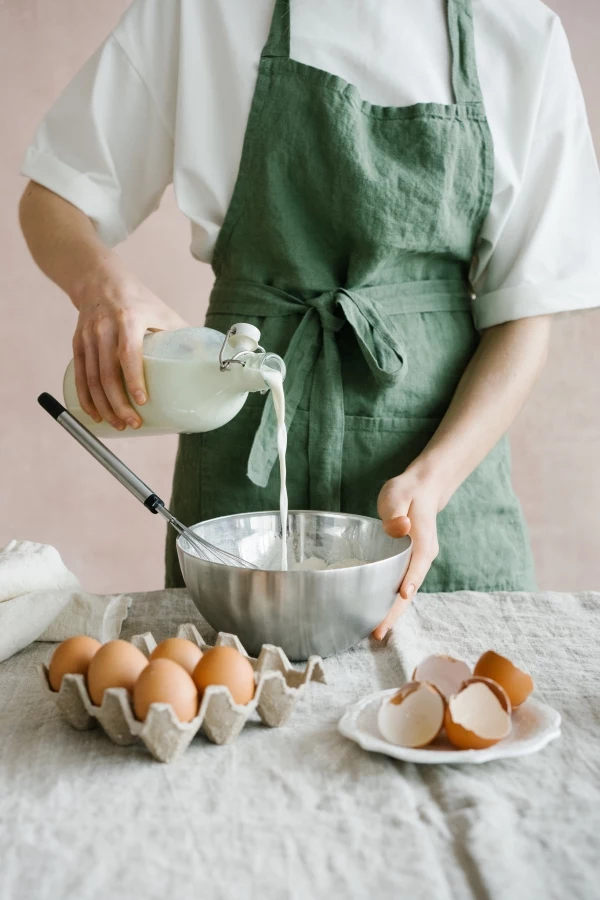
This guide will walk you through the tried-and-true techniques I rely on in my own kitchen.
First, What Does an Egg Even Do?
Before you can replace something, you have to know its job description, right? Eggs are multi-taskers, and your choice of substitute depends entirely on which job is the most critical for your specific recipe.
- Binding: This is the big one. When egg proteins heat up, they create a web that holds everything else—flour, sugar, you name it—together. Without a good binder, you’ve got a pan of hot, sweet crumbs instead of a cookie.
- Leavening: Whipping eggs forces air into them. In the oven, that trapped air expands, giving your baked goods lift and creating that light, airy texture we all love in a good sponge cake.
- Moisture & Fat: A large egg is mostly water, which is obviously crucial for turning dry ingredients into a batter. But the yolk is where the magic happens—it’s full of fat that makes for a softer, more tender crumb and a rich mouthfeel. It’s why breads like challah and brioche feel so much more decadent than a simple white loaf.
- Flavor & Color: We often take the subtle, rich flavor of eggs for granted. Plus, the proteins and sugars are responsible for that gorgeous golden-brown color on everything from pie crusts to dinner rolls.
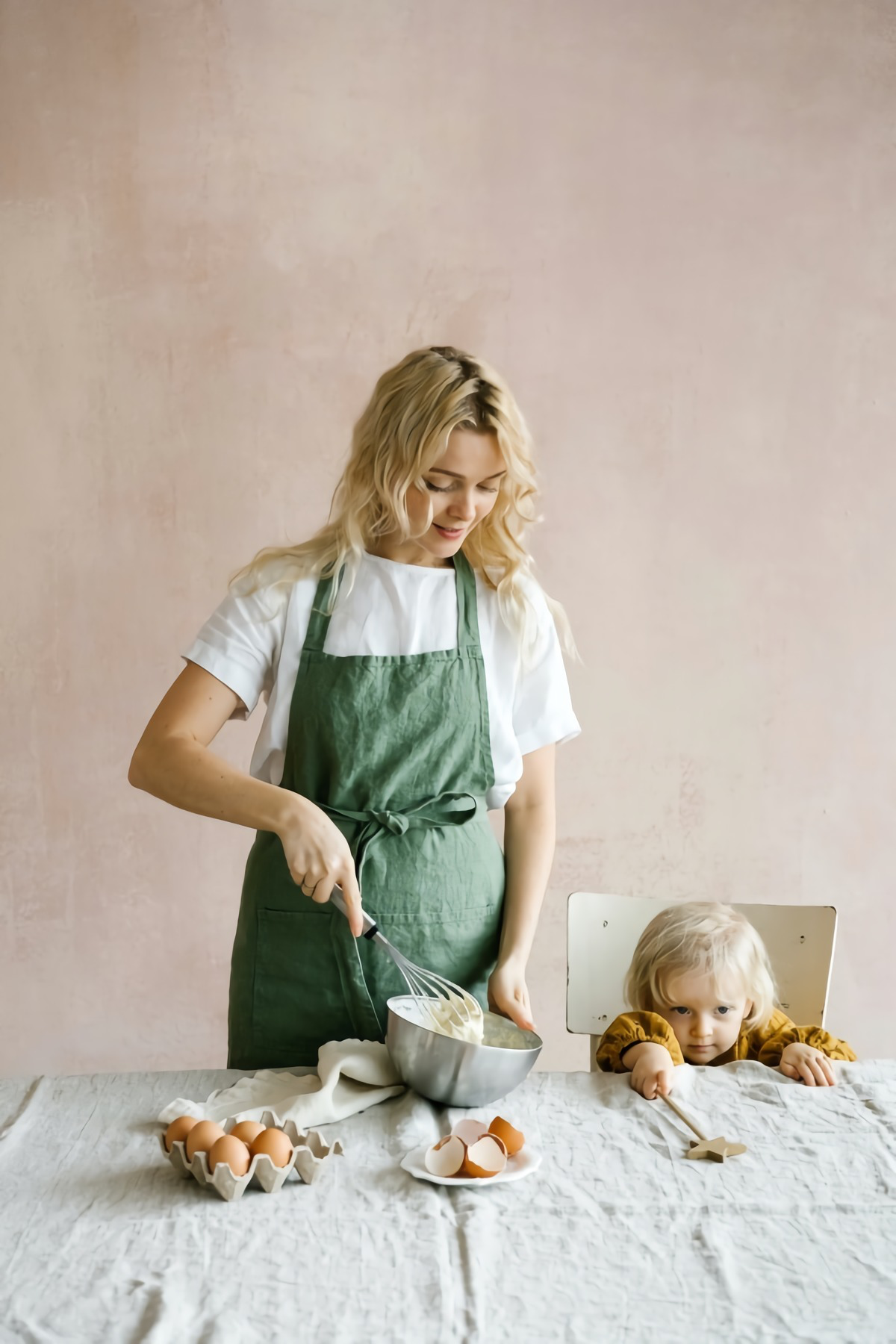
The Ground Rules for Egg-Free Baking
Before you start grabbing things from your pantry, let’s lay down some ground rules. Think of these as your baking GPS—they’ll keep you from getting lost.
First, the golden ratio is a solid starting point: 1/4 cup (about 60 grams) of a liquid-y substitute generally replaces one large egg. This works pretty well for things like purées and yogurt.
Second, and this is important, be realistic. If a recipe calls for three or more eggs, they are probably the star of the show. I’m talking about pound cakes, angel food cakes, or classic soufflés. Trying to sub the eggs in these is usually a one-way ticket to a dense, gummy disaster. Trust me, I learned this the hard way trying to make a vegan chiffon cake early in my career. It was… memorable, and not in a good way. Start with more forgiving recipes that only need one or two eggs, like muffins, quick breads, or brownies.
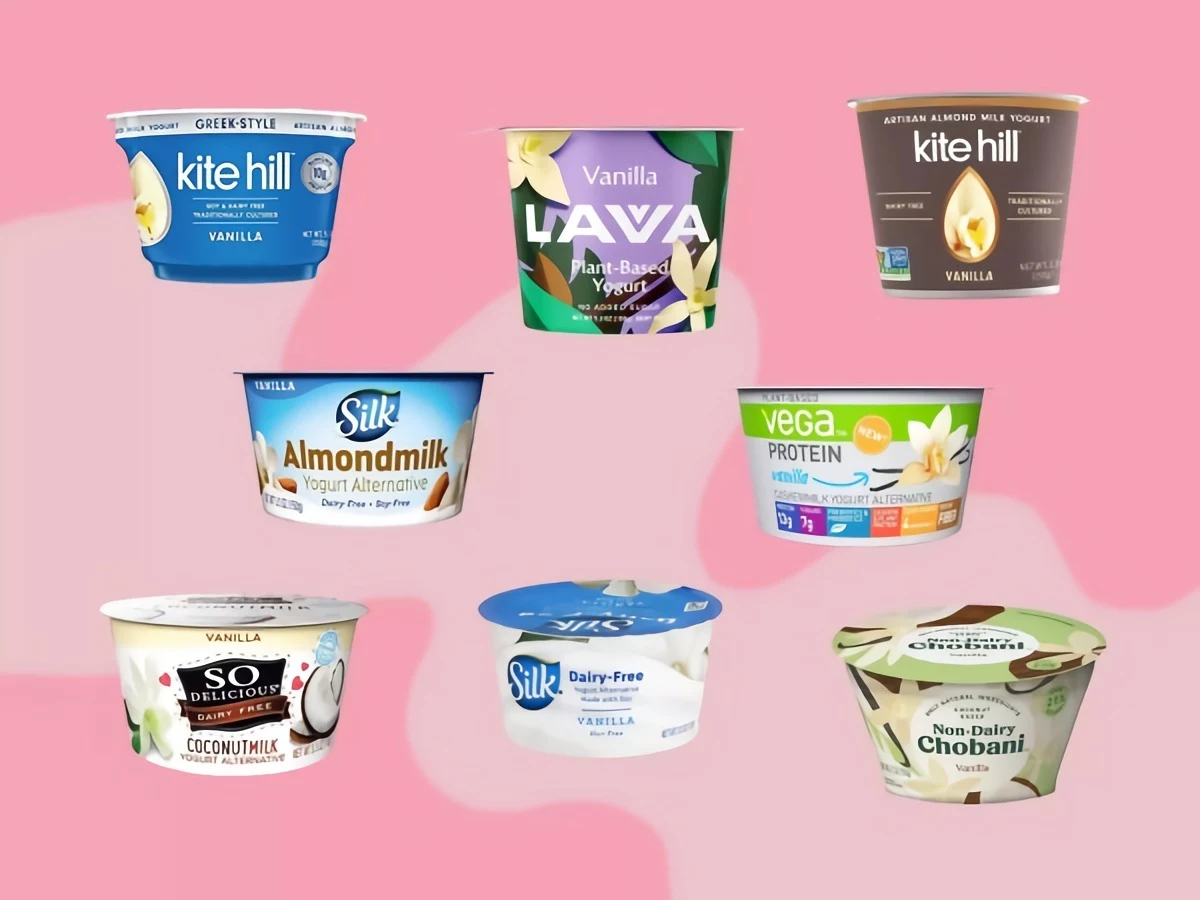
Here are the top three pitfalls I see people fall into:
- Using the wrong sub for the job. Don’t expect applesauce to make a cookie crispy; it’s just too wet. Know what you need the egg to do!
- Forgetting to adjust other ingredients. If your substitute is super wet (like applesauce), you might need to dial back the other liquids just a tad. If it has zero fat (like aquafaba), adding an extra teaspoon of oil can make a world of difference.
- Getting too ambitious. Again, don’t try to replace four eggs in your grandma’s famous sponge cake on your first try. Stick to one or two-egg recipes to build your confidence.
My Go-To Egg Substitutes: The Pros and Cons
Okay, let’s get to the good stuff. Here are the substitutes I turn to again and again. I’ll tell you how to prep them, what they’re best for, and where they’ll probably let you down.
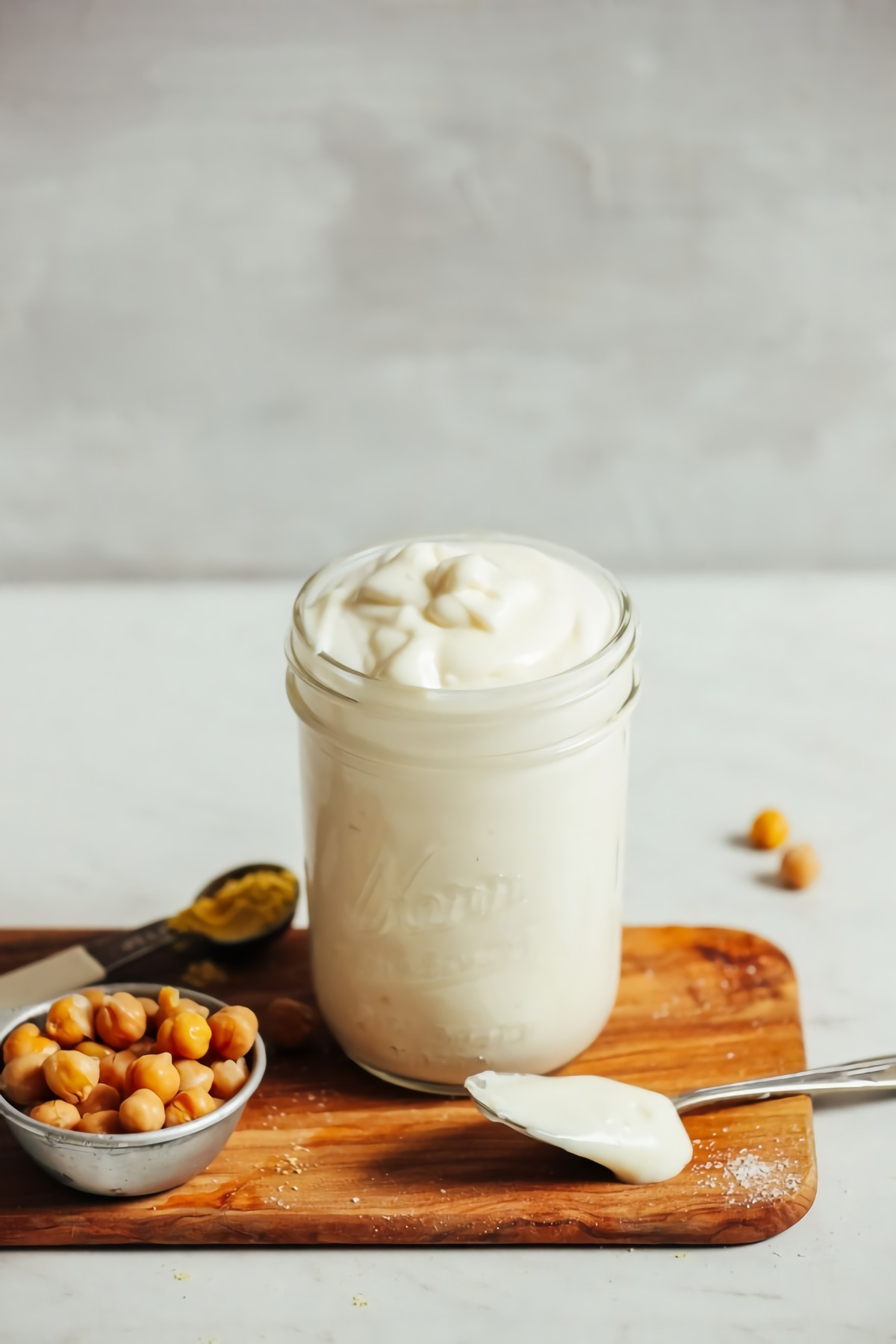
1. The Flax Egg (The Workhorse)
This is my number one, my old reliable. It’s fantastic for binding and, best of all, it’s cheap. A bag of ground flaxseed will cost you maybe $4 at most grocery stores and will last you for ages.
- Best For: Dense, moist goods like brownies, hearty muffins, oatmeal cookies, and whole-grain breads. It’s perfect when binding and moisture are the main goals.
- How to Make It: You have to use ground flaxseed, not the whole seeds. Mix 1 tablespoon of ground flaxseed with 3 tablespoons of warm water. Give it a stir and let it sit for about 10-15 minutes. It will get thick and gloopy, a lot like a raw egg white. Quick tip: Warm water helps it gel up faster.
- Pro Tips: Flax has a noticeable nutty, earthy flavor, which is delicious in recipes with chocolate, oats, or spices. It’s not so great in a delicate vanilla cupcake. It also adds tiny brown flecks. Since it provides zero lift, I have a personal rule: for every flax egg, I add an extra 1/4 teaspoon of baking powder to give the batter a little help.
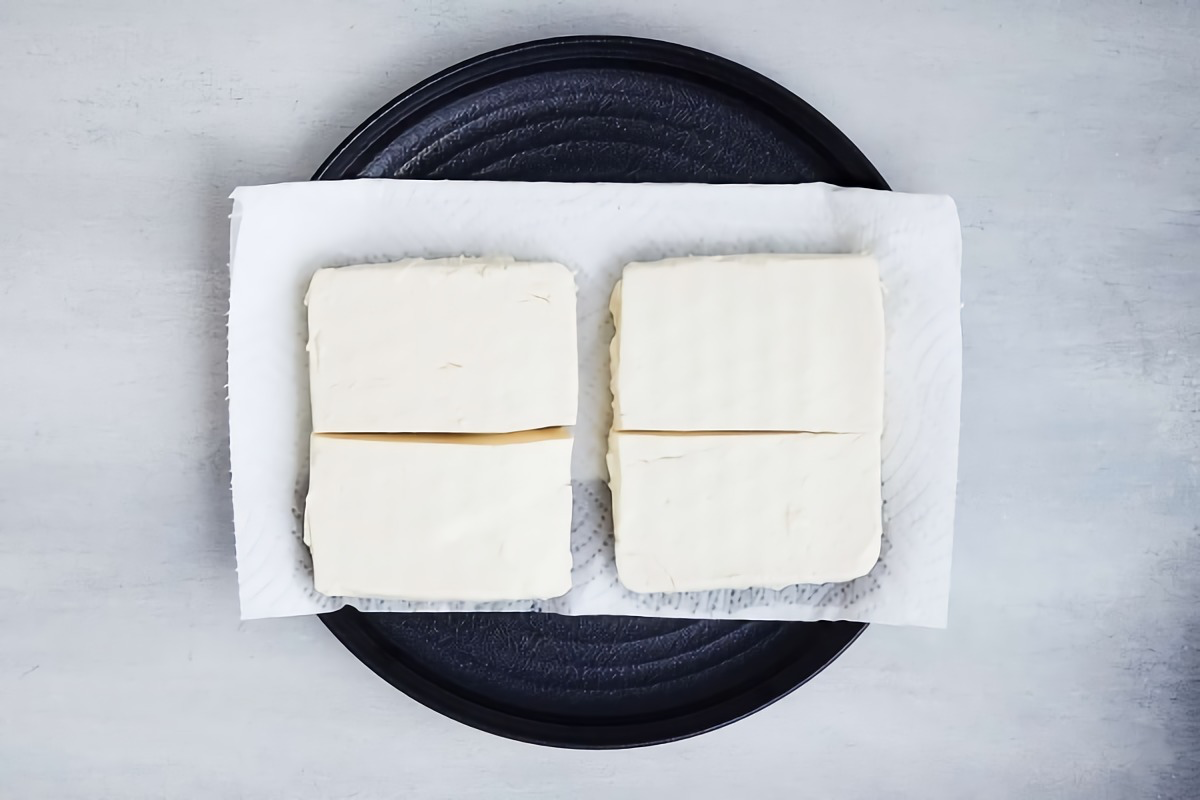
2. The Chia Egg (The Stealthy Cousin)
This works almost exactly like a flax egg but has a more neutral flavor. It’s a great pantry backup.
- Best For: Very similar to flax—great in muffins, quick breads, and cookies where binding is key.
- How to Make It: Same ratio: 1 tablespoon of chia seeds (whole or ground) to 3 tablespoons of water. Let it rest for 15 minutes to form a thick gel. Unlike flax, you can use the seeds whole, but they will look like poppy seeds in your final bake. If you want it smooth, grind them first.
- Pro Tips: Because chia seeds are so absorbent, they can sometimes make a batter a bit dry. I often add an extra splash of water or milk to the recipe to compensate. If you’re making a light-colored cake, look for white chia seeds—they’re less noticeable than the standard black ones.
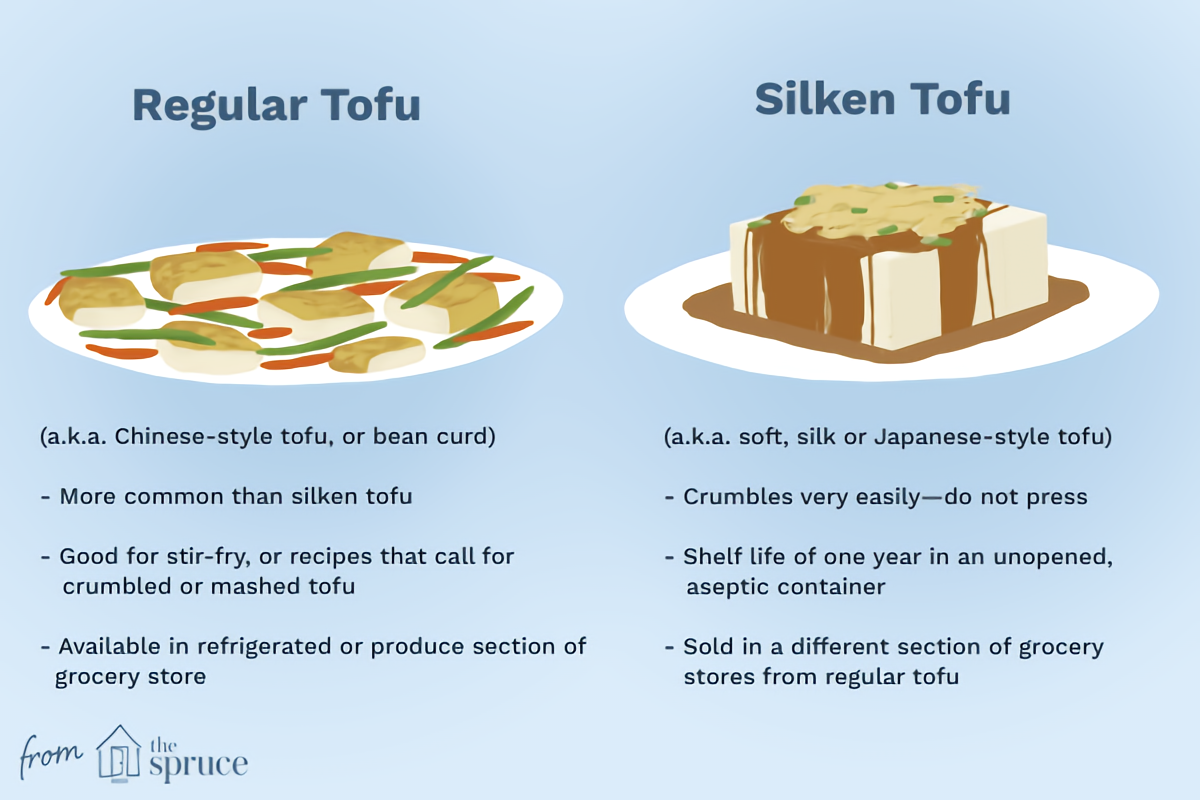
3. Fruit & Veggie Purées (The Moisture Bomb)
We’re talking unsweetened applesauce, mashed banana, and canned pumpkin purée. These are incredible for adding moisture and some binding.
- Best For: Soft, cakey, dense items. They absolutely shine in muffins, brownies, and quick breads where their flavor is a feature, not a bug (think banana bread!).
- How to Use It: A simple 1/4 cup of purée replaces one egg. For bananas, use a really ripe one—the more brown spots, the more sugar and flavor it has.
- Pro Tips: Please, please use these in recipes where their flavor makes sense. A banana-flavored chocolate chip cookie can be amazing. A banana-flavored sugar cookie is… just weird. Also, don’t go overboard. I never replace more than two eggs with a purée, or you risk a final product that’s heavy and gummy.
4. Silken Tofu (The Creamy Powerhouse)
This is a secret weapon in many pro vegan bakeries for adding incredible richness and a custardy texture.
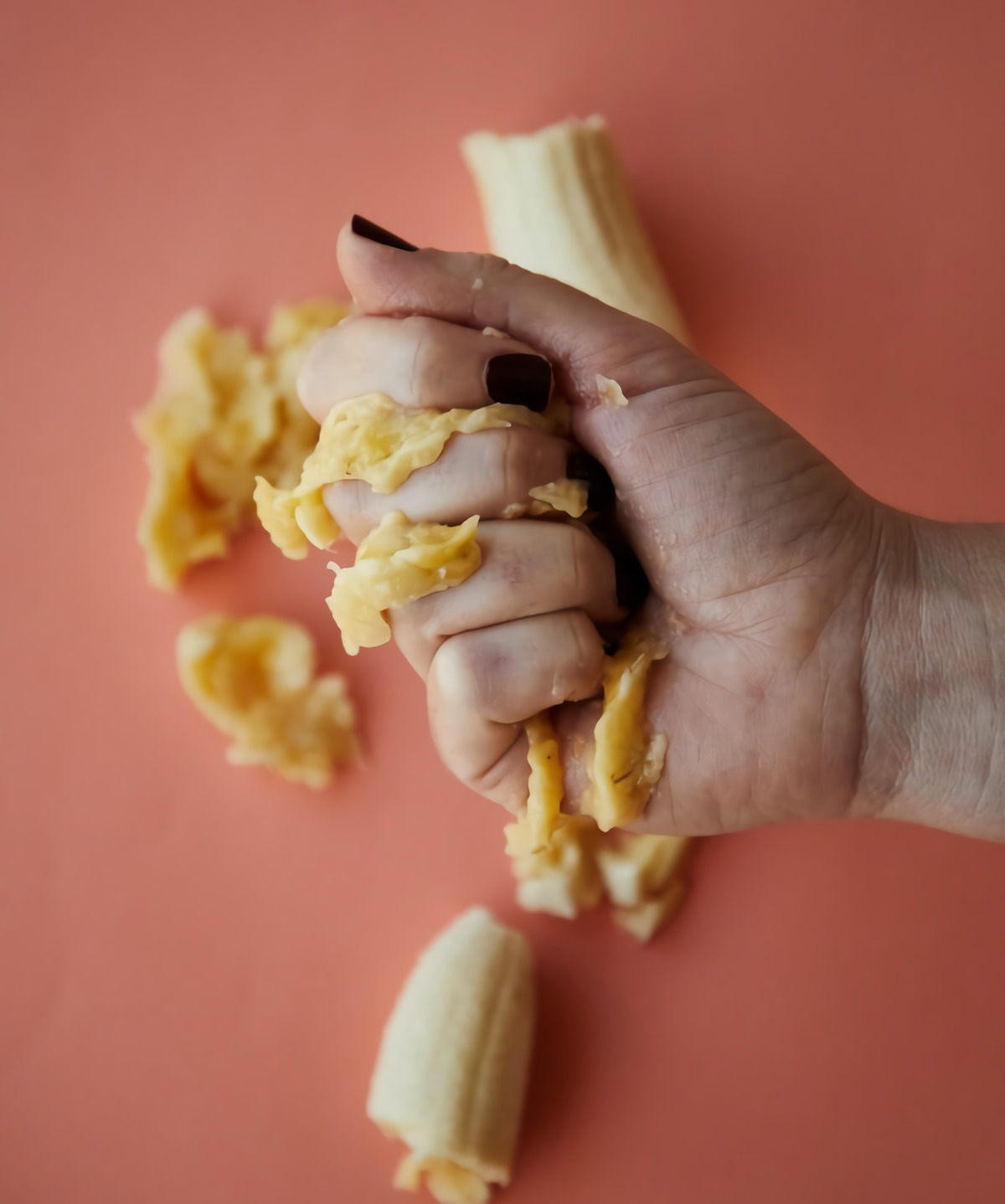
- Best For: Rich, dense, and creamy recipes. Think vegan cheesecakes, quiches, fudgy brownies, and cream pies.
- How to Use It: You must use silken or soft tofu, not the firm kind. Drain it well, then blend 1/4 cup of it until it’s perfectly smooth. A small blender is your best friend here; lumps are the enemy.
- Pro Tips: You’ll usually find this in the shelf-stable aisle with other Asian foods, not in the refrigerated section! Because it’s tasteless, it won’t mess with your flavors. It is, however, very heavy and provides no lift. Use it in recipes that are supposed to be dense. Good to know: You can store the leftover tofu in an airtight container in the fridge, covered with fresh water, for up to a week (just change the water daily).
5. Yogurt or Buttermilk (The Tenderizer)
Whether dairy or plant-based, these are fantastic for creating a super tender crumb, especially in cakes.
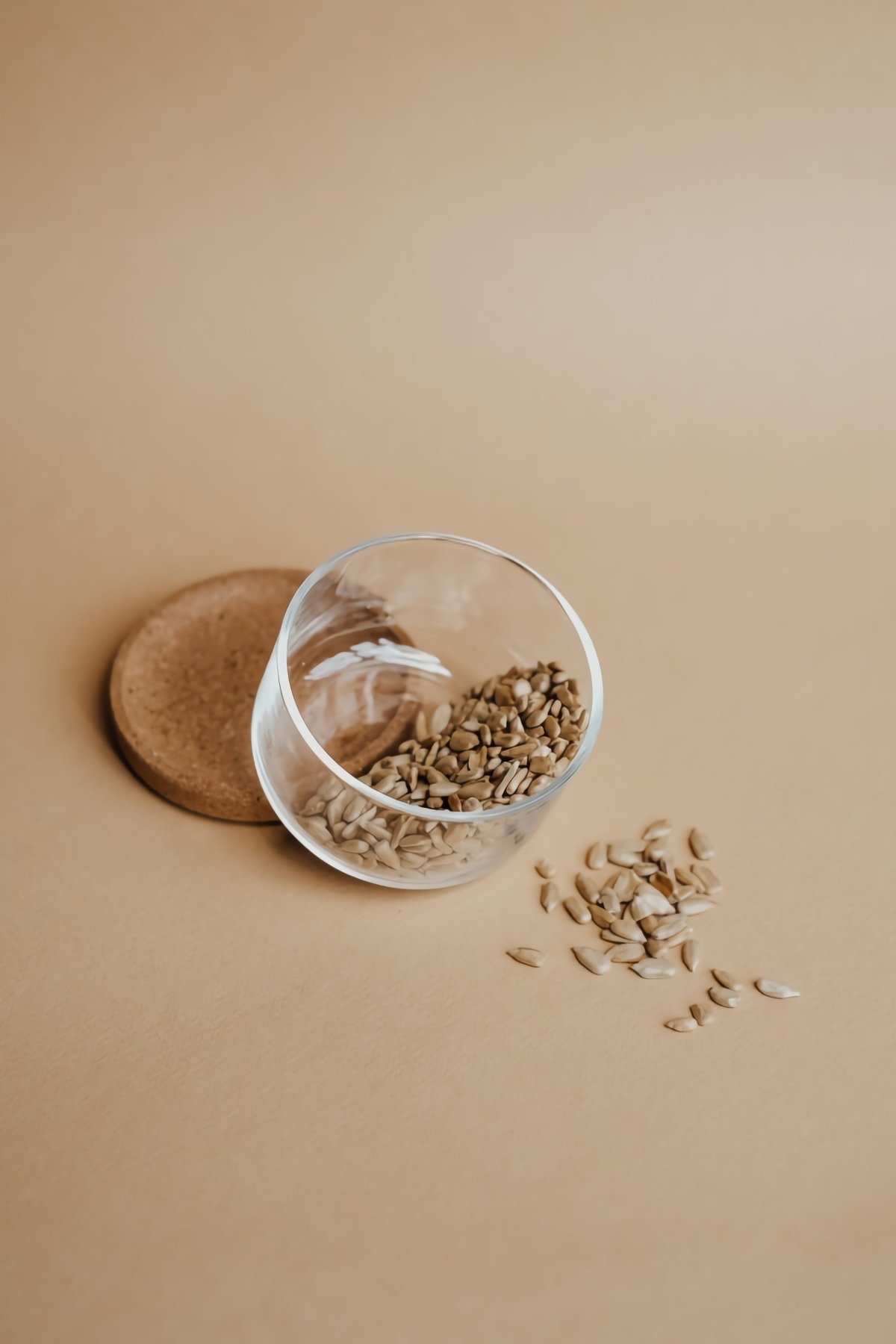
- Best For: Muffins, cakes, and quick breads. Anything where you want a soft, moist result. A full-fat version will give you the best richness.
- How to Use It: Use 1/4 cup of plain, unsweetened yogurt or buttermilk per egg.
- Pro Tips: The magic here is the acid, which reacts with baking soda to create lift. So, make sure your recipe actually contains baking soda! If it only calls for baking powder, the yogurt’s acid won’t have anything to do. In that case, you can add 1/4 teaspoon of baking soda along with the yogurt to get that bubbly reaction.
6. Aquafaba (The Game Changer)
Honestly, this stuff is pure magic. It’s just the liquid from a can of chickpeas, but it’s the only substitute that can truly mimic whipped egg whites.
- Best For: Anything that needs whipped egg whites. We’re talking meringues, macarons, mousses, and fluffy waffles.
- How to Use It: Use 3 tablespoons of aquafaba per egg white you’re replacing. To get it to work, you have to whip it with a mixer on high speed. Be patient—it can take 10-15 minutes, much longer than egg whites. It will transform from foamy liquid to glossy, stiff peaks. A tiny pinch of cream of tartar helps stabilize it. Oh, and it’s basically free if you were already making hummus!
- Pro Tips: The faint beany smell it has when raw? I promise, it bakes off completely. If the liquid seems thin, you can simmer it gently in a saucepan for about 10 minutes to reduce it by about a quarter, making it a bit more syrupy and potent. Let it cool completely before whipping. The leftover liquid can be frozen in ice cube trays for later use.
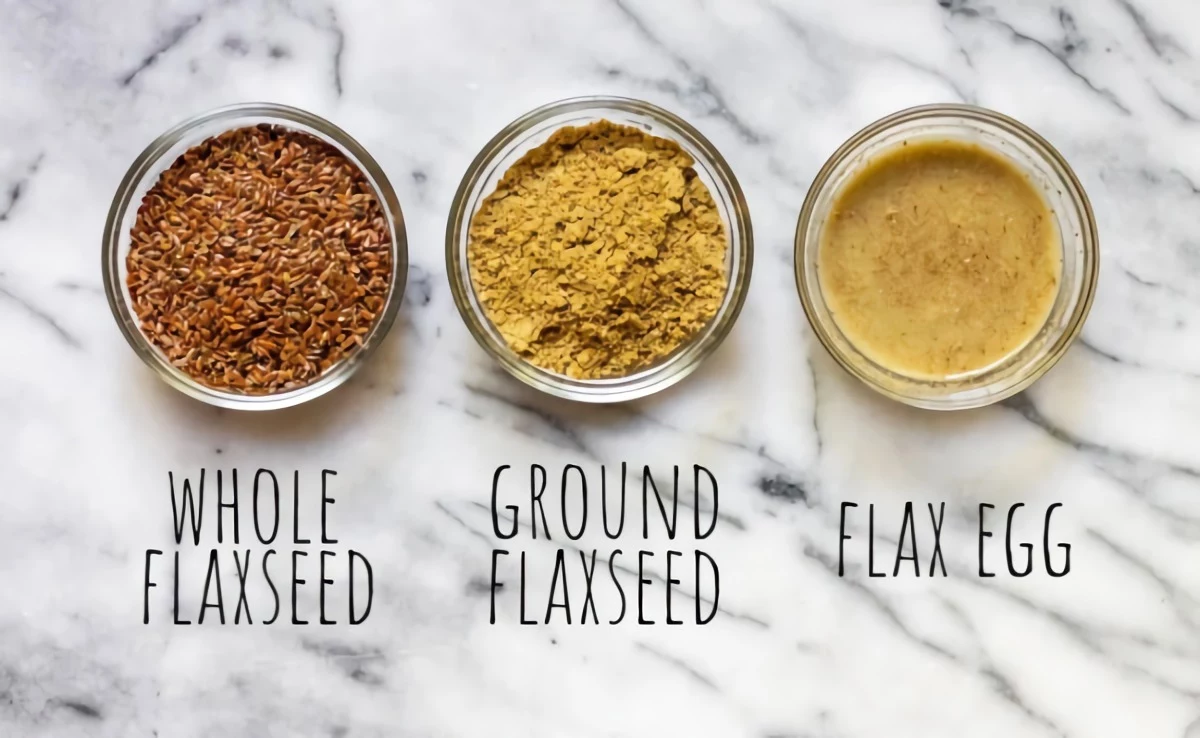
What About Commercial Egg Replacers?
You’ve probably seen those powdered egg replacers at the store, from brands like Bob’s Red Mill. So, what’s the deal with those? They’re definitely convenient. Most are a balanced mix of starches and leaveners, so they’re designed to do a little bit of everything. They work pretty well in simple recipes like cookies and muffins.
The downside? Sometimes they can give baked goods a slightly starchy or ‘bouncy’ texture. To be frank, I find that using a specific substitute for a specific job—like a flax egg for binding or yogurt for tenderness—usually gives a better, more tailored result. But in a pinch, they’re a perfectly fine option to have in your pantry.
The Pro Move: Combining Substitutes
Ready for a next-level trick? You don’t have to stick to just one. Sometimes the best results come from mixing and matching. Let’s say you’re making muffins and the recipe calls for two eggs. The eggs are there for both binding and moisture. So, what do you do?
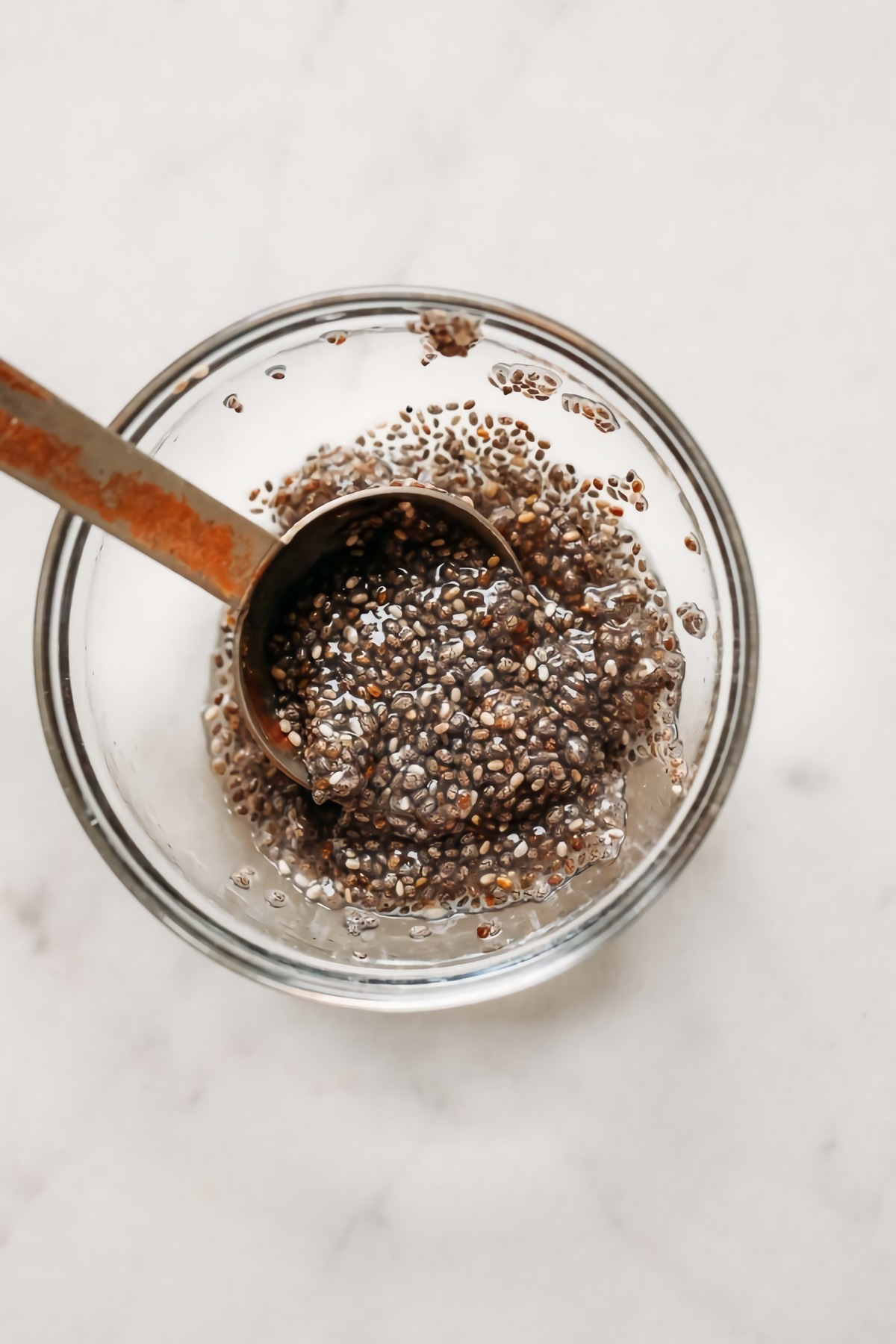
You could use one flax egg (1 tbsp flax + 3 tbsp water) for its amazing binding power, and 1/4 cup of applesauce for that extra moisture and tenderness. By combining them, you’re covering both jobs the eggs were supposed to do. This is how you really start to master egg-free baking.
A Word of Caution: When NOT to Substitute
I believe in setting you up for success, and that means being honest. Some recipes just can’t be adapted. In these dishes, the egg isn’t just an ingredient; it’s the entire foundation. Trying to sub will just waste your time and expensive ingredients.
I would not even attempt to substitute eggs in:
- Angel Food Cake or Chiffon Cake (they’re literally just an egg white foam)
- Traditional Custards or Soufflés (they rely on the unique way eggs set)
- Classic Quiche (the filling is an egg-based custard)
For these, it’s so much better to find a dedicated recipe that was designed to be egg-free from the ground up. There are brilliant bakers out there who have already perfected these tricky recipes for you.
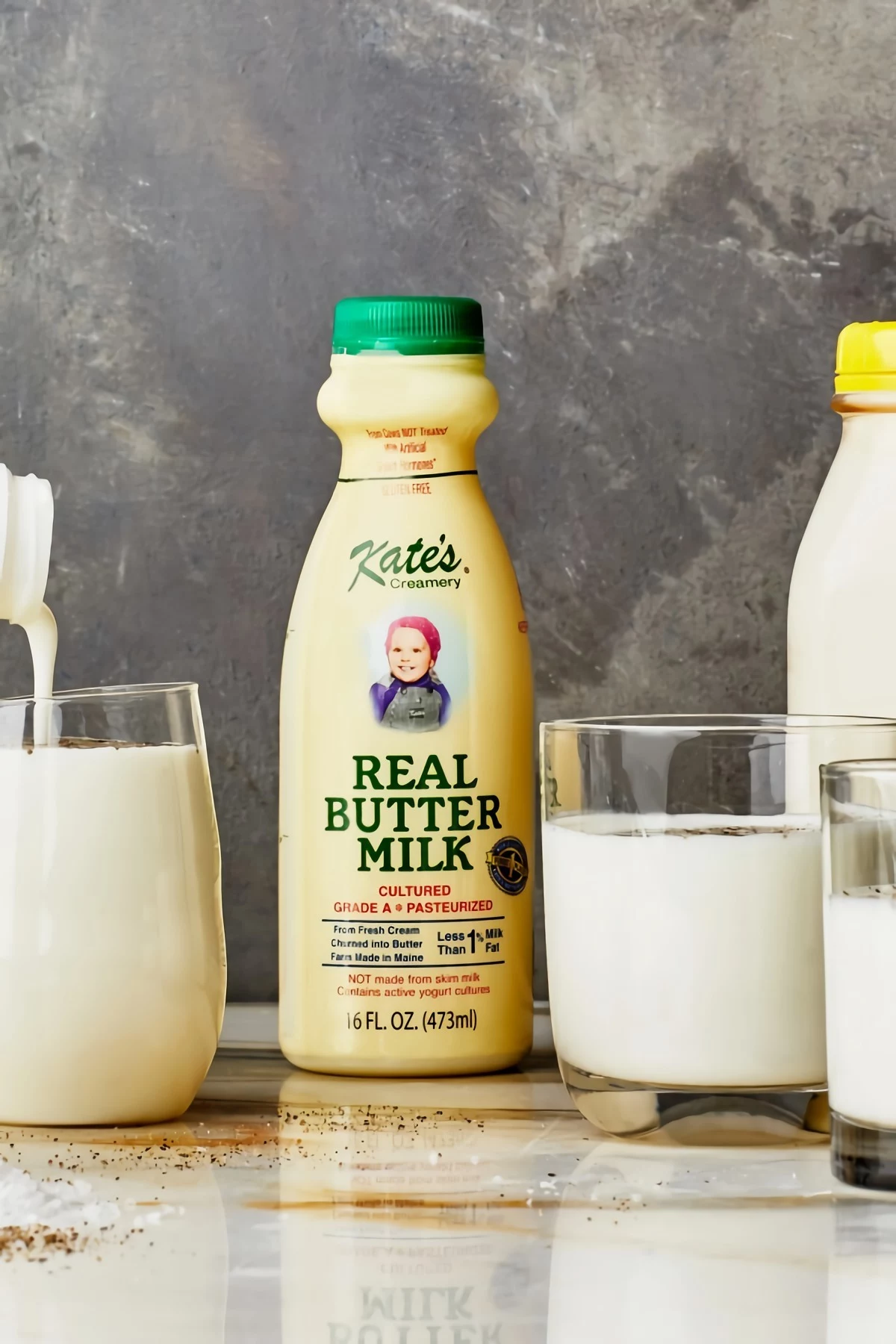
The Most Important Thing: Allergy Safety
Okay, let’s get serious for a moment. If you’re baking for someone with a severe egg allergy, cross-contamination is a huge deal. A tiny, unseen trace of egg protein can cause a serious reaction. This isn’t about being fussy; it’s about keeping someone safe.
Wash your hands. Use truly clean bowls, spatulas, and mixer attachments. If you just baked something with eggs, wash all your gear in hot, soapy water before you start your egg-free project. It’s a simple step that shows you care.
Baking without eggs might feel daunting at first, but it gets easier with every batch. Start simple. Take notes. And don’t be afraid to experiment. Every bake, good or bad, is a lesson. Ready to start? Try this: mash one overripe banana, mix in one flax egg, and pan-fry it like a little pancake. See? You’re already doing it.
Inspiration:
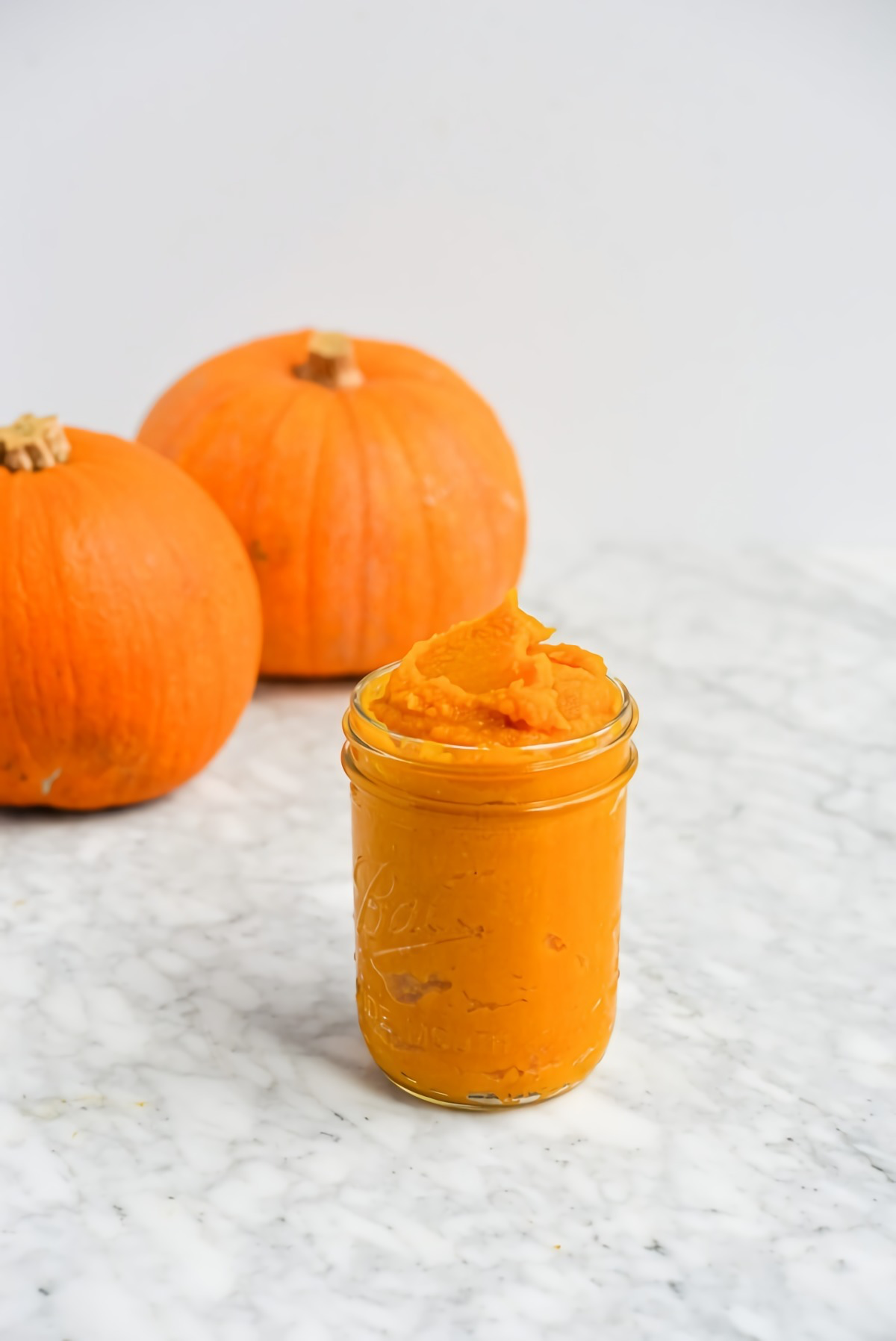
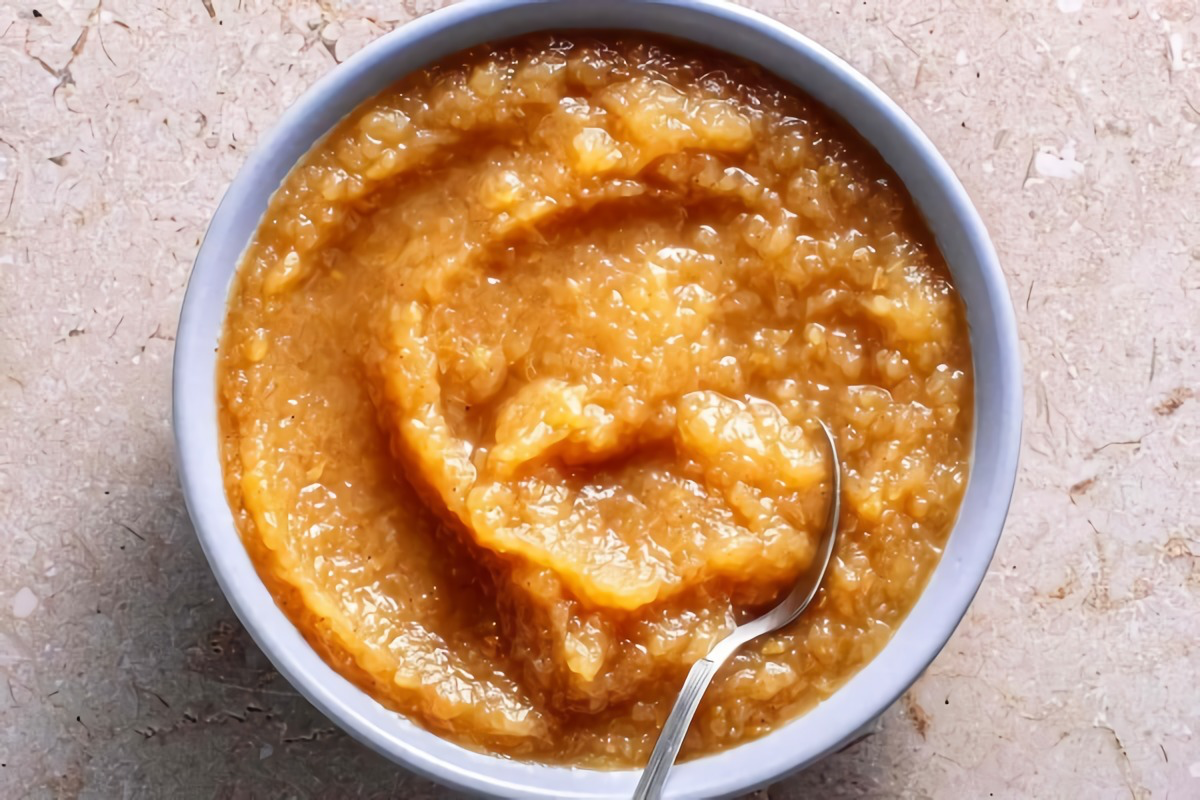
- Creates stable, glossy meringues without a hint of bean flavor.
- Whips into a light, airy foam perfect for delicate mousses or macarons.
- Adds structure and lift to waffle and pancake batters.
The secret? It’s aquafaba—the humble liquid from a can of chickpeas. For the best results, use the brine from unsalted or low-sodium chickpeas. Three tablespoons of this magical liquid whipped to stiff peaks can effectively replace one egg white in recipes where leavening is key.
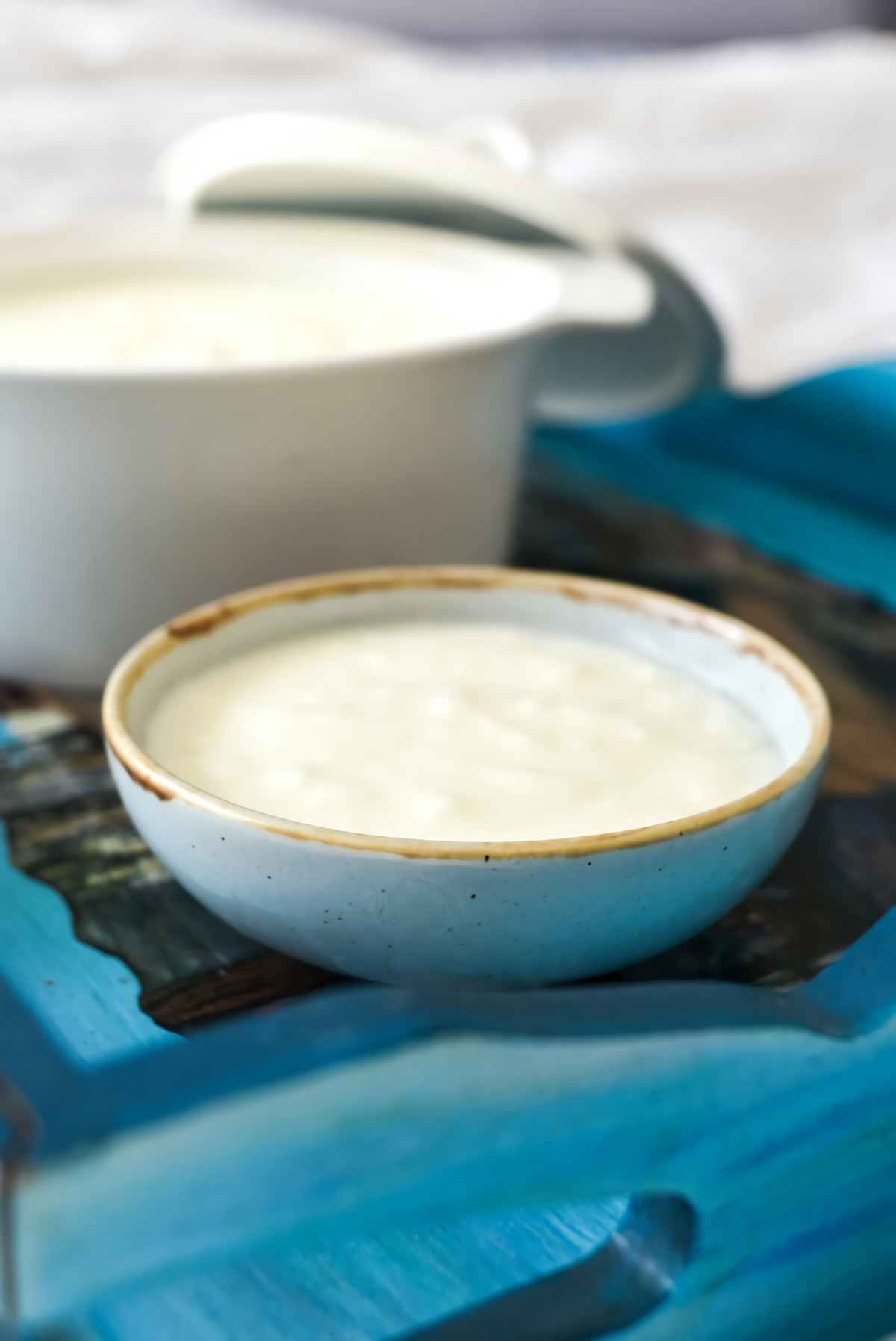
My brownies taste great, but they look a little pale. What gives?
You’ve encountered one of the most common pitfalls of egg-free baking! Egg yolks provide not only fat and richness but also a natural golden color. Fruit purées and flax eggs, while great binders, can leave your baked goods looking anemic. To compensate, don’t be afraid to add a tiny pinch of ground turmeric—not enough to taste, just a 1/8 teaspoon or less—to your batter. It will restore a warm, sunny hue. For flavor, a splash of high-quality vanilla extract or even a little extra melted vegan butter can help mimic the richness you’re missing from the yolk.
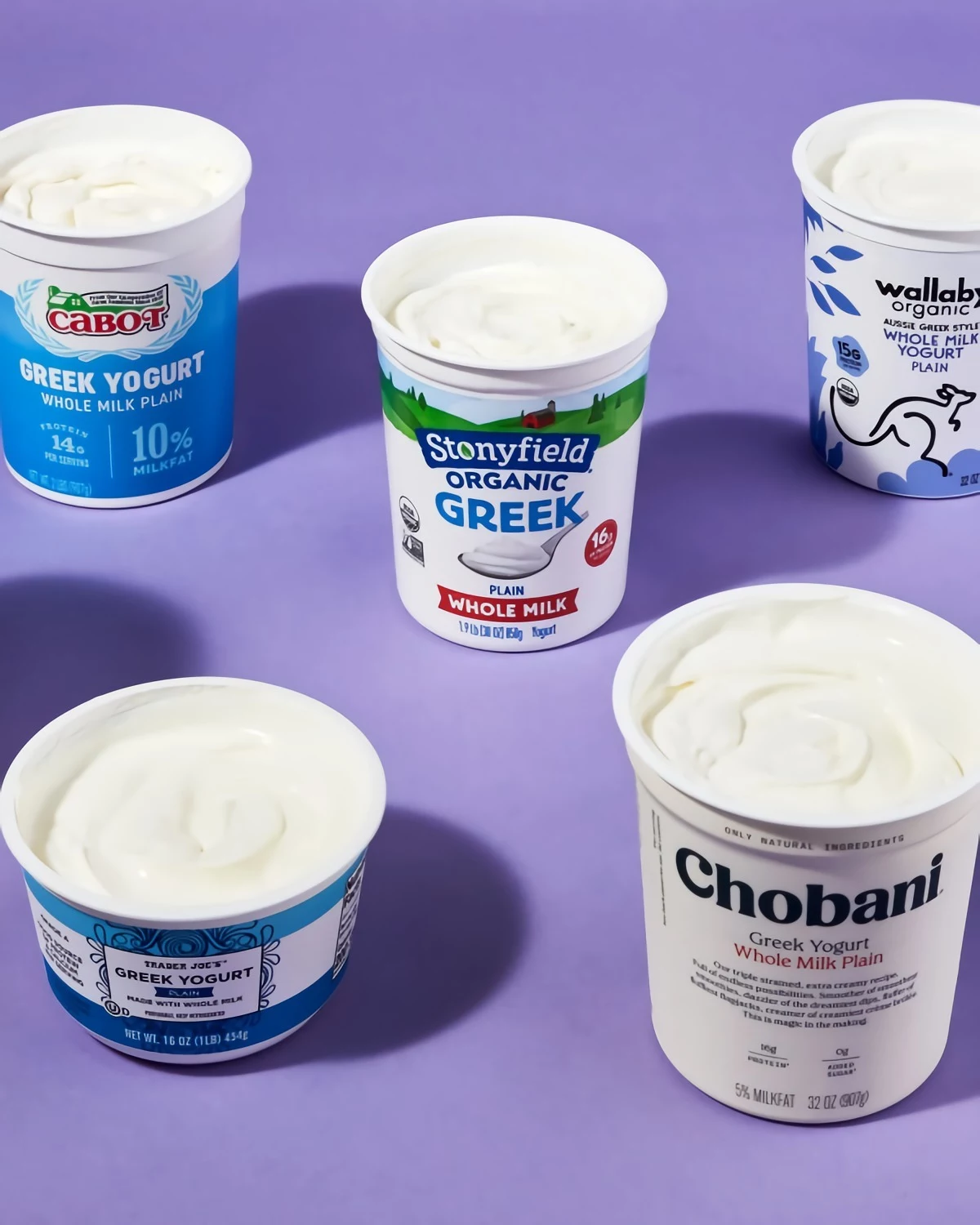
On average, a single large egg provides about 5 grams of fat, almost all of which is located in the yolk.
When you use a fat-free substitute like applesauce or a simple starch slurry, you’re not just replacing a binder; you’re removing a crucial source of fat. This can result in a final product that’s more gummy and less tender. The solution is simple: for every egg you replace with a non-fat option, consider adding about a teaspoon of extra oil, vegan butter, or shortening to the recipe to restore that tender, rich mouthfeel.
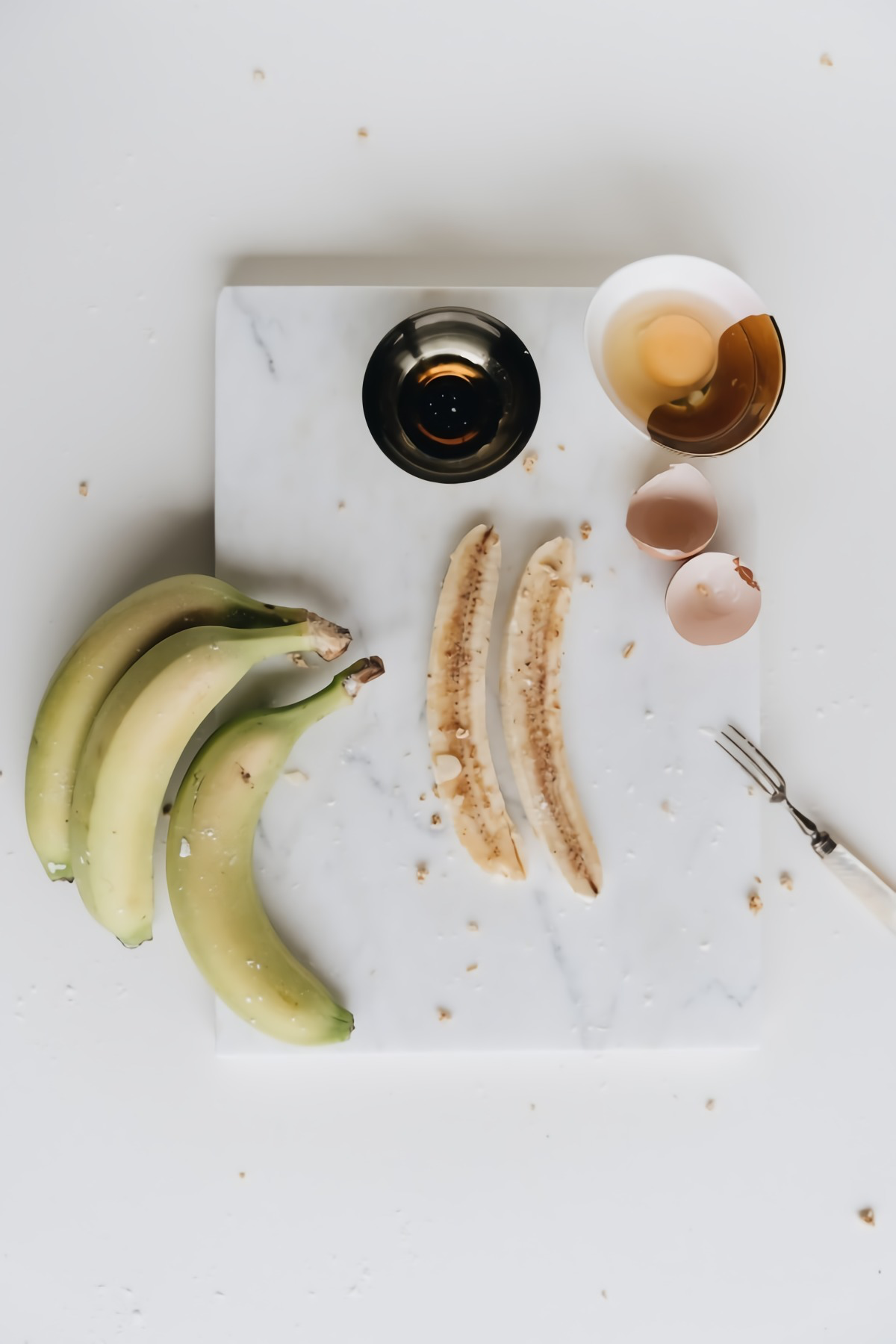
Powdered Replacers: Think of brands like Bob’s Red Mill Egg Replacer. These are typically a blend of starches (like potato starch and tapioca flour) and leavening agents. They are workhorses for binding in cookies, muffins, and quick breads. They have a neutral flavor and a long shelf life, making them a pantry staple.
Liquid Replacers: Options like JUST Egg are revolutionary. Made primarily from mung bean protein, they excel where the egg’s texture is front and center. Use them for incredibly realistic vegan scrambles, quiches, and French toast. They are less suited for baking where precise leavening is required.
For general baking, a powder is reliable and cost-effective; for egg-centric dishes, a liquid substitute is worth the splurge.
Don’t over-mix your flax egg! When you combine ground flaxseed with water, let it sit for 5-10 minutes until it forms a gel. Once it’s gelled, add it to your ingredients and mix as the recipe directs. Vigorously whisking or blending it for too long after it has set can break down its binding properties, resulting in crumbly cookies or dense cakes.










